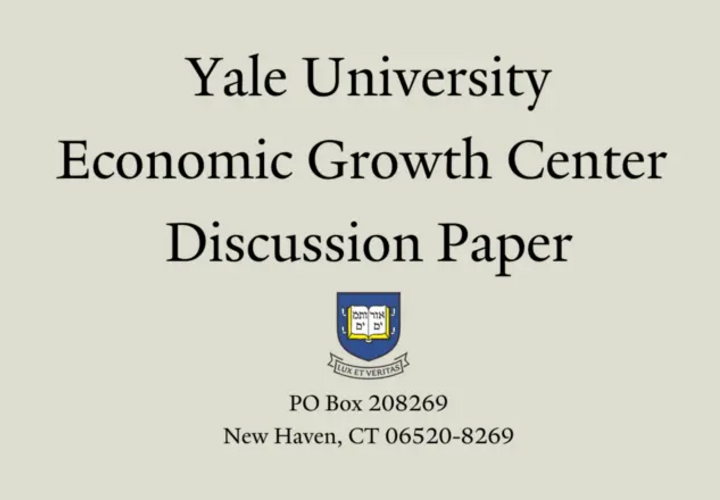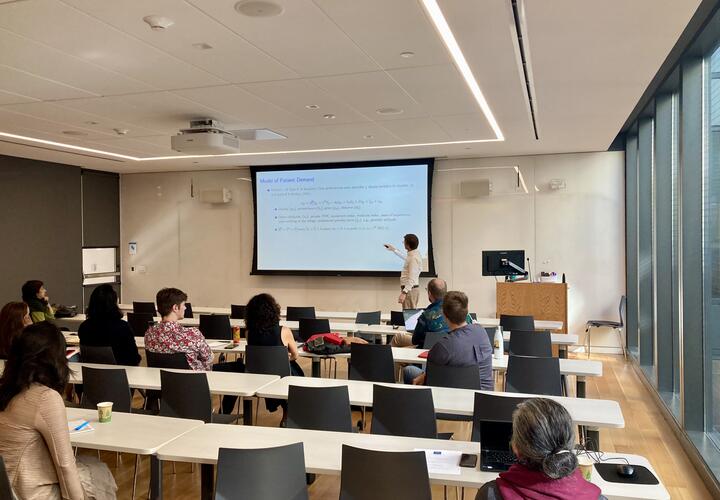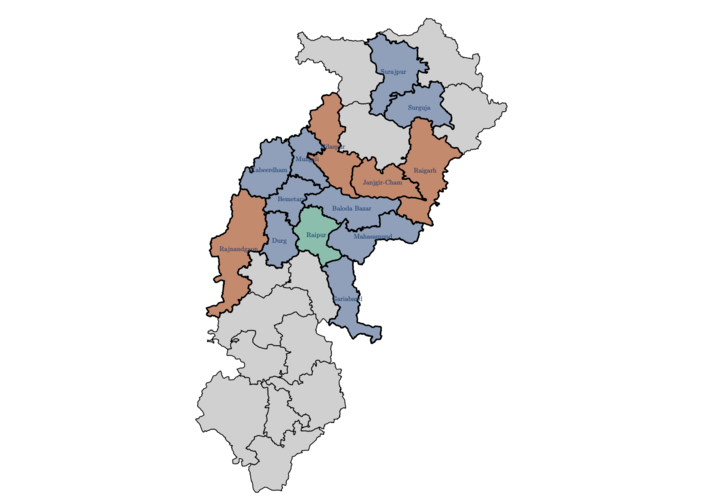News Item
… EGC affiliate Rohini Pande, and coauthors Patrick Agte and Carmen Arbaizar Mazas discuss the impact of female … and there is an increased focus on gender-related research. The proportion of women earning economics PhDs at … increased from a very low base (Anukriti 2024, Funk et al. 2024) and recent research suggests that this was …
Relevance: 60.95031








